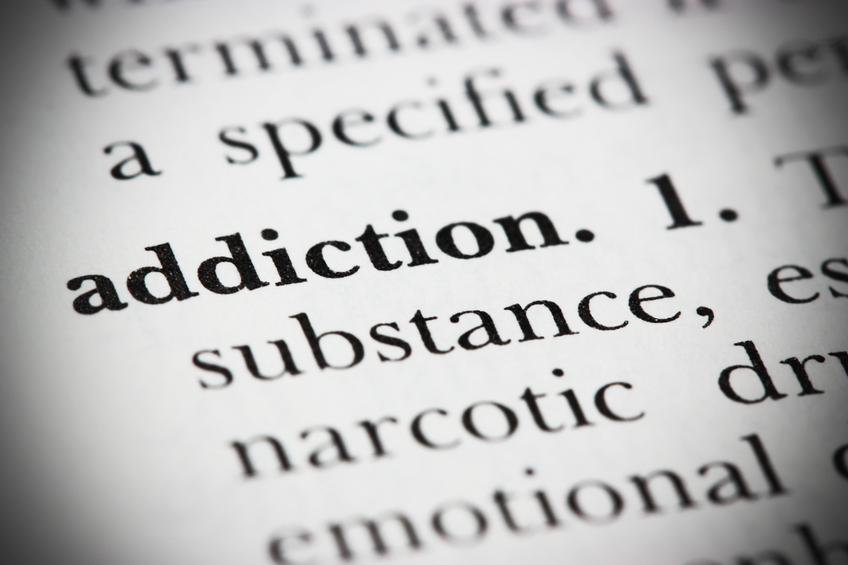
Humanity has a long history with opioids, stretching back to antiquity. While some ancient remedies, such as mercury and mouse paste have been completely abandoned, opium and its derivatives are key painkillers in today’s prescription medicine market – and they are the key to understanding the country’s current opioid crisis.
Opium is the sap of the poppy plant, known for vibrant red and yellow flowers, and its black edible seeds. After centuries of use as an analgesic, a German chemist derived the alkaloid morphine from opium, and this was further developed into heroin decades thereafter.
Through morphine and heroin, Western medicine revolutionized anesthesia and painkilling – at the cost of a rising addiction problem. Thus, opioids became a controlled substance, obtainable only for medical or research purposes, through a prescription.
What Are Opioids?
Opioids are substances that bind directly to the brain’s opioid receptors and induce a state of euphoria coupled with powerful analgesic effects. Opioids are defined by the symptoms produced by morphine and other opium derivatives: happiness, pain relief, and slowed breathing. Aside from natural derivatives like morphine and heroin, synthetic opioids like fentanyl and carfentanil exist as well. These are extremely dangerous substances, potent enough to mimic a nerve gas.
Opioids are widely considered the world’s most dangerous kind of drug. Most opioids are extremely addictive and very potent and are responsible for millions of deaths worldwide – nearly 40 million in 2013 alone.
In the US alone, opioids caused over 142,000 overdoses between July 2016 and September 2017. In 2016, this class of drugs caused over 64,000 deaths. Even when survived, opioid overdoses can cause lasting damage, from memory loss and cognitive damage to permanent paralysis.
When opioids bind to the brain, one of the side effects is slowed breathing. This is amplified by depressants such as benzodiazepines (Valium, Xanax) and alcohol. Illegal heroin is often also cut with more potent synthetic opioids to save costs and improve potency, leading to dangerous results such as badly mixed batches and extreme concentrations, resulting in more overdoses. When the brain is flooded with opioids or a combination of several drugs inducing this respiratory slowdown, the body passes out and you stop breathing.
In an overdose, the lack of oxygen can cause brain damage and death. It happens quickly, and often.
The Addictiveness Of Opioids
The biggest danger behind opioids is not their tendency to kill, but their tendency to addict, which often leads to death. Opioids are extremely potent and leave a lasting impression on the brain, making people far more susceptible to drug abuse than most other drugs.
This change in the way your brain works progressively increases as you continue using the drug, until you develop a full-blown physical dependency. This is defined as a tipping point when trying to stop leads to painful withdrawal symptoms, as your body has adapted to a consistent stream of opioids in its system, to cope with this powerful drug.
Emotional dependency is also possible – people may abuse illegal painkillers to deal with emotional pain, or stress, or to calm down after an argument. It becomes a habit, one they cannot break because they rely on a regular hit of chemical happiness.
Most cases of addiction are a mixture of both types of dependency – and in both cases, it’s important to seek help as quickly as possible.
Surviving Opioid Withdrawal
Although opioids are very addictive and dangerously fatal due to the abundance of imported synthetic opioids, opioid withdrawal is not as dangerous as alcohol or benzodiazepine withdrawal. The body does not treat opioids as a toxic substance, and withdrawal symptoms – while painful – are rarely fatal. They are still dangerous.
It is always best to undergo withdrawal under medical supervision, in a treatment facility or clinic, rather than at home without proper healthcare or emergency equipment. Opioid withdrawal is best described as a painful flu, lasting a few days to a week. Unassisted withdrawal may lead to a relapse, due to pain and cravings.
Is One Hit Enough For Addiction?
Because of the potency of many opioids – from painkillers to heroin – there is a myth that a single hit is enough to “ruin your life” or trigger an addiction. There is no drug that gets you addicted in one hit – but drugs like heroin do make your brain susceptible to more drug use, basically putting you “in the mood” to try said drug again.
Usually, addiction is a slippery slope. In some cases, it starts as a use of medication and turns into abuse. In other cases, it might be experimentation or peer pressure, eventually turning into a habit.
Not everyone on painkillers gets addicted – in fact, only a fraction gets addicted due to prescribed medication. Most opioid addicts today start with heroin, and prescription pain medication is not the only cause for today’s crisis.
But that does not change the fact that there are too many prescription painkillers in America’s healthcare system, and that pharmaceutical companies pressured doctors into selling more drugs, while utilizing misleading statements to market painkillers and anti-anxiety medication to garner a greater profit, leading to an abundance of unused drugs landing on the streets – or more accurately, floated from real patients to their relatives and friends.
Chronic pain may not be adequately solved with opioids, and effective, personalized pain management is a healthier and safer option to creating a better quality of life in many patients struggling with long-term pain. However, people who take pain meds do not usually get addicted, even if some do.
Opioid Treatment Today
In the past, addiction was a problem medicine was not quite sure how to address. It wasn’t until the stigmatization of addiction dropped considerably before we began revolutionizing our concepts of addiction and addiction treatment.
While rehab and sober living has existed for decades, new psychotherapy methods and addiction medication can help opioid addicts today find a personalized and safe way to beat the addiction, and eventually be rid of it completely.
There is no single effective path towards long-term abstinence, but there are many methods available to help professionals craft the right path for you.


